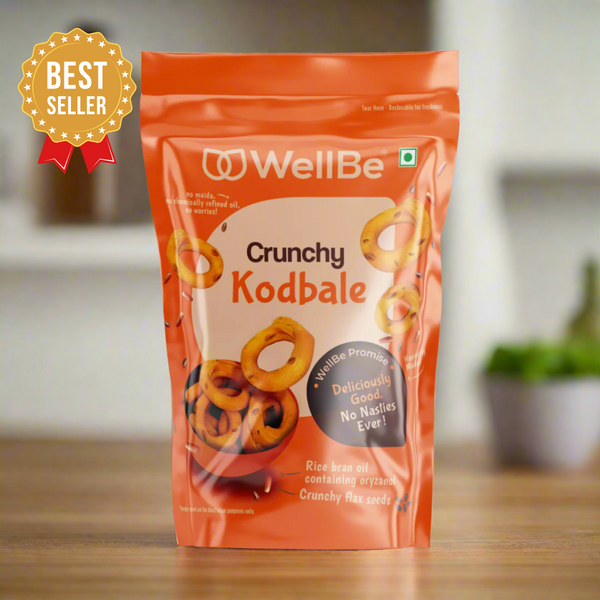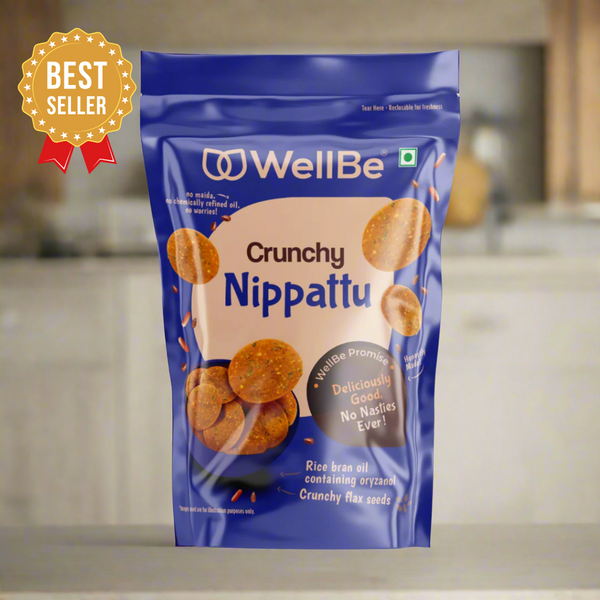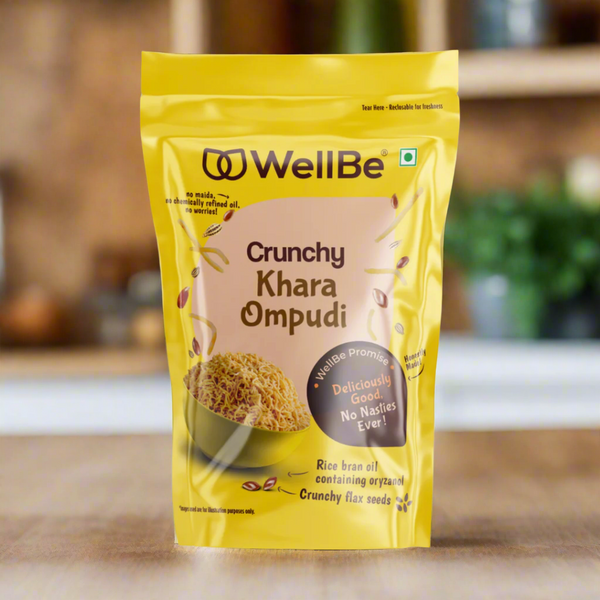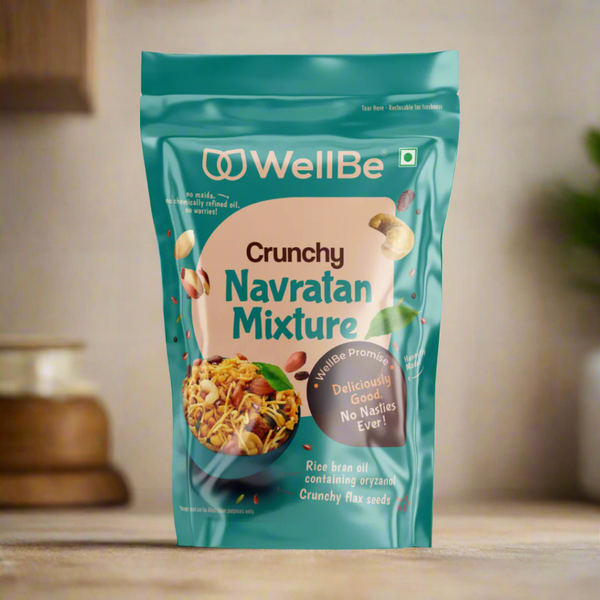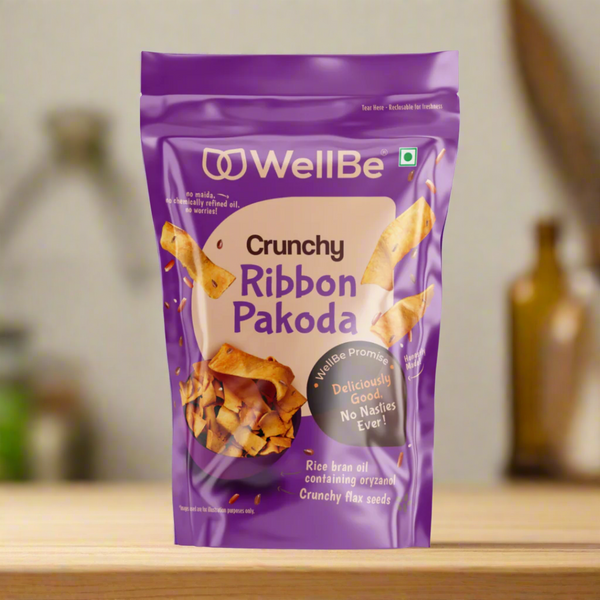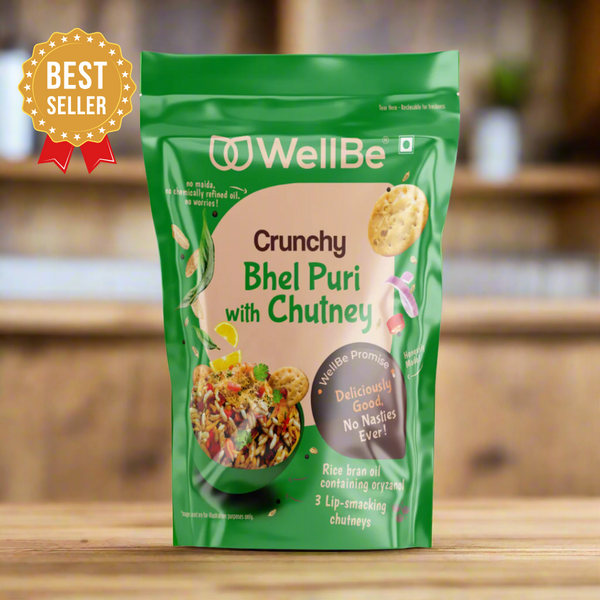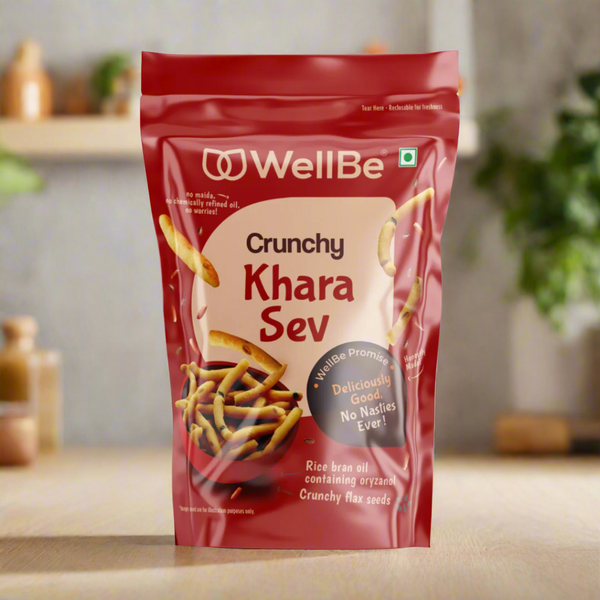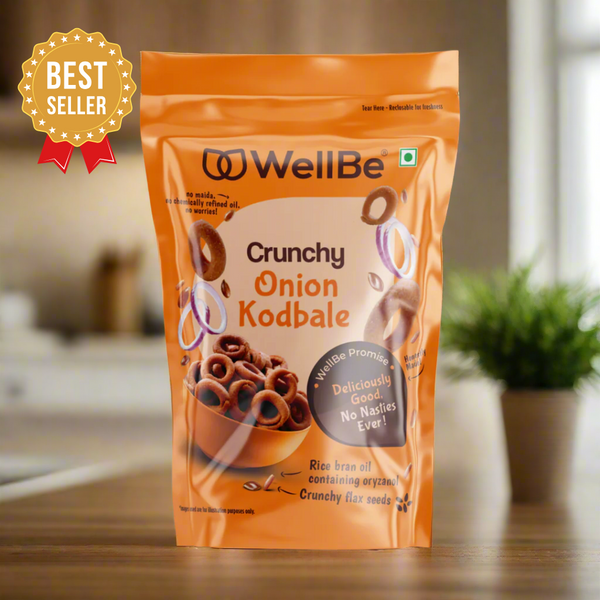As the name suggests ‘clean eating’ is all about a way of eating. It’s a diet pattern that is gaining atraction across the world for the values it espouses: prioritising plant-based, fresh whole foods. It lays emphasis on eating foods that are close as possible to their natural state. In other words, choosing minimally processed foods; foods that have been sustainably grown and ethically sourced.
At a larger level, clean eating is about a more choosing a more conscious, mindful lifestyle, one that centred around health and wellness.
The basic tenets of clean eating include:
- Choosing foods that are minimally processed, ethically raised and sourced, and provide wholesome nutrition
- Focusing on whole grains rather than refined carbs
- Avoiding processed, refined food
- Eating only when you are hungry
- Eating mindfully, preparing balanced meals in a healthy manner
- Drinking a lot of water
- Ensuring your food is sourced in sustainable, ethical, environmentally sound fashion
Make the switch
One of the biggest steps you can take in the direction of clean eating is to switch from conventionally grown foods to organic produce. How will this help? To understand this, it is important to understand the difference between organic and conventional farming, which lies in how the food is grown and processed.

|
ORGANIC FAMING |
CONVENTIONAL FARMING |
|
Products are grown and processed chemical-free. Focus is on natural methods - only manure and compost are used for fertilisation; crops are rotated, insects, birds and traps are harnessed to battles pests |
Involves the use of chemical fertilisers to promote plant growth |
|
No pesticides, additives, GMOs, growth regulators and livestock feeds are used |
Pesticides and chemical herbicides are used |
|
Animals are fed on organic feed |
Animals are fed antibiotics, growth hormones; medicated to ensure their growth and well-being |
|
More expensive; labour and time intensive |
More cost-effective |
|
Improves soil health and bio-diversity. Products are completely safe for human consumption |
In the long-term, possibly be harmful to the environment and for human consumption as well |
What Chemicals Could You Be Ingesting?
There are several common chemicals/additives that are found in conventional food. They include:
- Endosulfan: A commonly used pesticide, it has been classified as a yellow label (highly toxic) pesticide by the Central Insecticides Board. The production, storage, sale and use of the pesticide was banned in India in 2011 – but it is still widely used by the farmers in crop production.
- Monosodium Glutamate: From food carts and restaurants to processed food and Asian dishes, MSG as it’s popularly known, is widely used, to intensify the savoury or umami profile of the dish. Its use has been subject to a lot of debate. While there is no unanimous verdict, some studies have shown that MSG is linked to weight gain and metabolic syndrome
- Artificial Food Colouring: Wondering how that paneer makhani looks such a fiery orange? It is most likely due to the presence of food dyes, used to elevate the appearance of several dishes and food. Most of them are derived from petroleum. In recent times there have been concerns raised over these dyes possibly causing allergic reactions, behavioural problems in children and even cancer.
- Guar Gum: This is commonly used in the food industry as a thickening and binding agent, especially in items like ice-cream, sauces and soups. Rich in fibre, it is safe to consume in moderation. High amounts could have a negative heath impact.
- High-Fructose Corn Syrup: A sweetener made from corn, it is used in sodas, snacks, juices and candies among other processed food. It is is high in fructose, a type of simple sugar. Over consumption of any type of sugar is bad for our health and fructose is no different. Inflammation, weight gain and diabetes are the primary concerns.
- Carrageenan: This is extracted from a red seaweed, Irish moss. It is used as an emulsifier, preservative and thickener in many food products including yoghurt, cottage cheese, ice cream and soy/coconut milk. Though it may come from a natural source, is believed that it may negatively impact the digestive system.
- Sodium Benzoate: A preservative, sodium benzoate is often found in carbonated drinks, pickles and fruit juices. Some studies have linked it with increased hyperactivity and cancer development (when mixed with Vitamin C, sodium benzoate converts into benzene, a known carcinogenic).
- Trans Fat: A type of unsaturated fat, it is found in several processed foods and increases their shelf life. Consumption of trans fats have been linked to several health conditions including diabetes, heart disease and health inflammation.
- Xanthan Gum: Is used as a thickening and stabilising agent. While it has been linked with several health benefits, it has also been associated with digestive issues when consumed in large quantities.
- Artificial Flavourings: They are chemicals that are designed to resemble the taste of other ingredients. Popular flavourings include chocolate flavouring, fruit flavouring, caramel flavouring etc. Some animal studies have shown adverse health effects when consumed in high doses.
Make sure, you always read the label carefully before buying any processed food item. The healthier alternative would be to switch to clean eating and embrace a healthier, chemical-free life!





